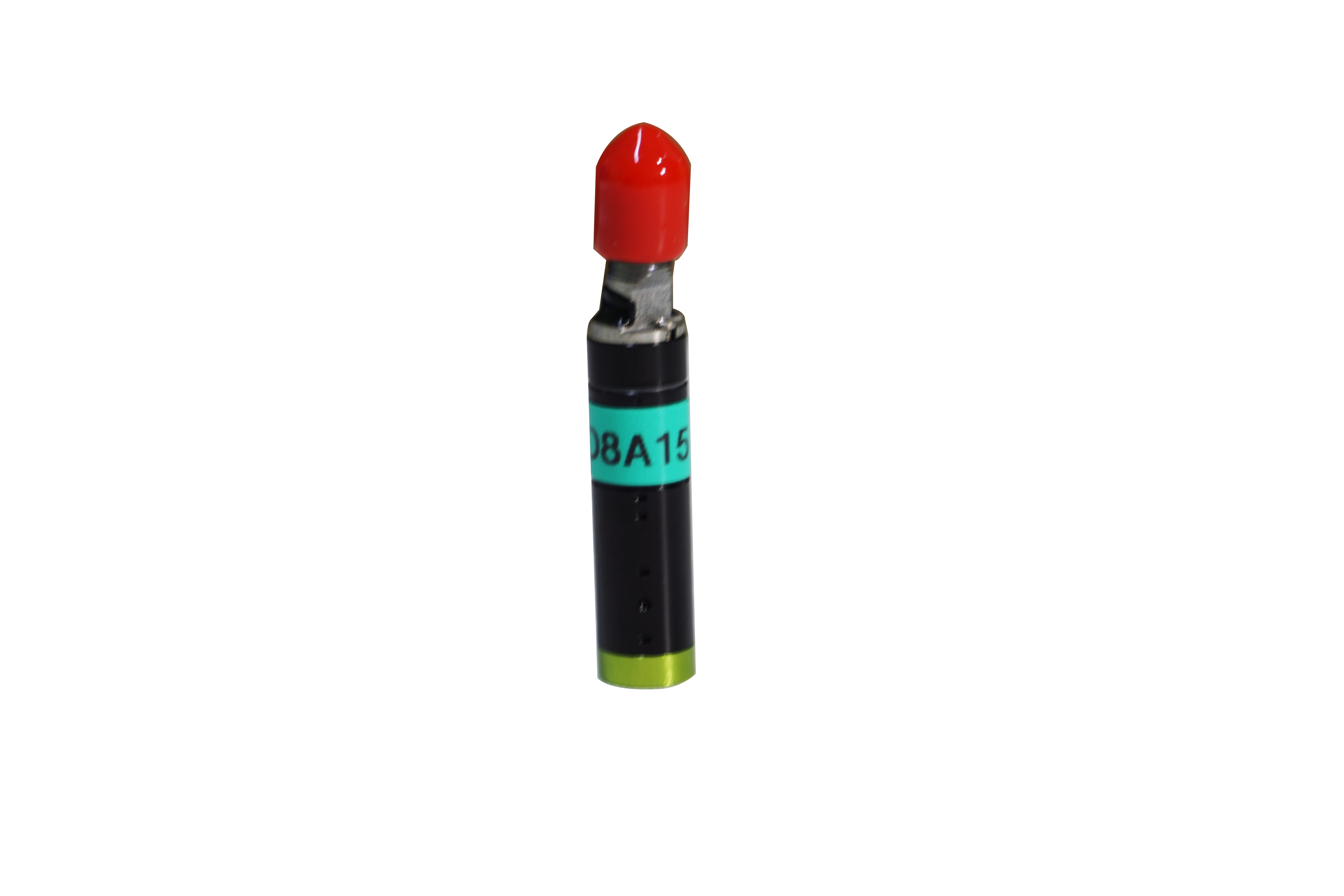2021-11-12
Nowadays, with the rapid development of industry, the demand for precision measurement technology is getting higher and higher, displacement measurement technology as the basis of geometric precision measurement, not only requires ultra-high measurement accuracy, but also needs a wide range of adaptability to the environment and materials, and gradually tends to real-time, non-destructive testing. Compared with traditional contact measurement methods, confocal sensors have obvious advantages such as high speed, high precision and high adaptability. So what are the typical applications of spectral confocal sensors? The following is shared by Shenzhen Liyi Technology Company:

1, surface roughness measurement application
Surface roughness refers to the micro-level condition of smaller spacing and smaller peaks and valleys formed on the workpiece processing surface due to different processing methods, the accuracy of machine tools and tools, vibration and wear and other factors, which is an important measure of surface quality, and is related to the wear, sealing, lubrication, fatigue, research and other mechanical properties of parts.
Surface roughness measurement can be divided into contact measurement and non-contact measurement. The stylus contact measurement is easy to scratch the measuring surface, the tip is easy to wear, the measurement efficiency is low, and the complex surface can not be measured, while the non-contact measurement can achieve non-contact, efficient, online real-time measurement, and become the development direction of the future roughness measurement. At present, the commonly used non-contact methods mainly include interference method, scattering method, speckle method, focusing method and so on. Focusing method is relatively simple and practical.
A simple measuring device is built by using the confocal displacement sensor to measure the roughness of the valve cover of the film gas meter without contact, so as to judge whether the seal of the valve cover is qualified. Based on the spectral confocal sensor, the surface roughness of the roughness sample was measured without contact by the two-dimensional nano-measuring and positioning device built by the spectral confocal sensor, and the uncertainty evaluation of the measurement results was carried out, and the U95 was 13.9%.
2, contour, geometric size measurement applications
With the development of machining level, more and more small complex workpieces need to be profiled and precision dimension measurement, such as the measurement of small round chamfer and the measurement of the inner wall groove size of small workpieces. Some precision optical components also need non-contact profile measurement to avoid scratching the optical surface during contact measurement. These measurement problems that are difficult to solve with traditional sensors can be solved by building a measurement system with spectral confocal sensors.
Aiming at the problem of turbine disk profile detection, the spectral confocal displacement sensor is used to design the online detection system of turbine disk profile. The two-dimensional dimension measurement of ultra-precision parts is realized by using the spectral confocal sensor as the probe head through the self-built two-dimensional nano measuring and positioning device. Using laser confocal displacement meter and two dimensional precision control micro-motion table, the surface fluctuation depth of helioscope in Western Han Dynasty was scanned to explore the reflection imaging principle of light mirror.
3, film material thickness measurement application
Because the wavelength of the monochromatic light reflected back by different reflectors is different, the spectral confocal sensor has a unique advantage for the precise measurement of the thickness of the material. Optical glass, biofilm, parallel plate, etc., the two reflectors will reflect different wavelengths of monochromatic light, and then only one sensor, you can calculate the thickness, the measurement accuracy of up to micron, and no damage to the measured surface. The application of spectral confocal displacement sensor to measure the thickness of transparent materials is discussed. The measuring error range of this system is about 0.005mm. The method of measuring the thickness of parallel plate and the center thickness of optical lens by using spectral confocal sensor is provided, and the influence of material dispersion on the thickness measurement accuracy is analyzed theoretically. In order to explore the relationship between the film thickness prepared by the fluid drop mode and the drop mode, Reynolds number, and the tilt Angle of the bottom plate, a spectral confocal sensor was used to monitor the film thickness after preparation in real time. The experimental device is shown in Figure 4. The thickness and distribution of metal films with a thickness of 10 ~ 100μm are measured accurately by using a white light confocal sensor set mounted on the top. The measurement uncertainty is analyzed, and the measurement uncertainty of the system is about 0.12μm.
Spectral confocal technology is a high-precision, non-contact optical measurement technology, which establishes a set of coding rules for axial distance and wavelength. As a sub-micron sensor for fast and accurate measurement, the sensor based on spectral confocal technology has been widely used in industrial measurement fields such as surface micro-shape measurement, thickness measurement, displacement measurement, on-line monitoring and process control. Looking forward to its future, with the development of spectral confocal sensing technology, it will be applied more and more in microelectronics, linewidth measurement, nano measurement, ultra-precision geometric measurement and other fields.



